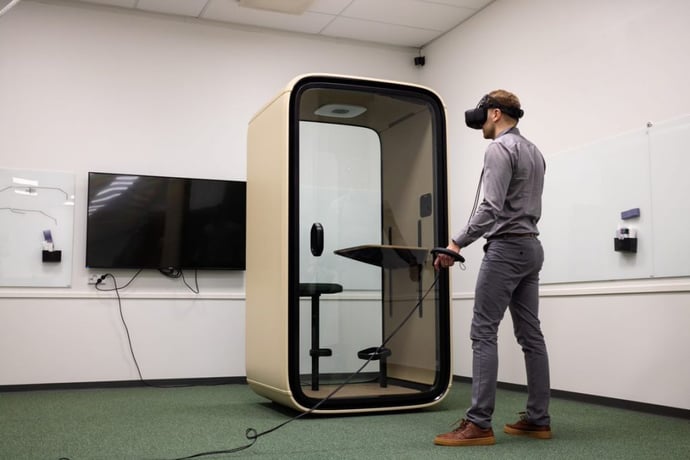
Case Framery: Digital Twin Prototyping, The Future of World Class Product Design
Using Varjo HMDs and a groundbreaking software workflow, the design team at Framery skyrocketed efficiency with XR digital twin protoyping.
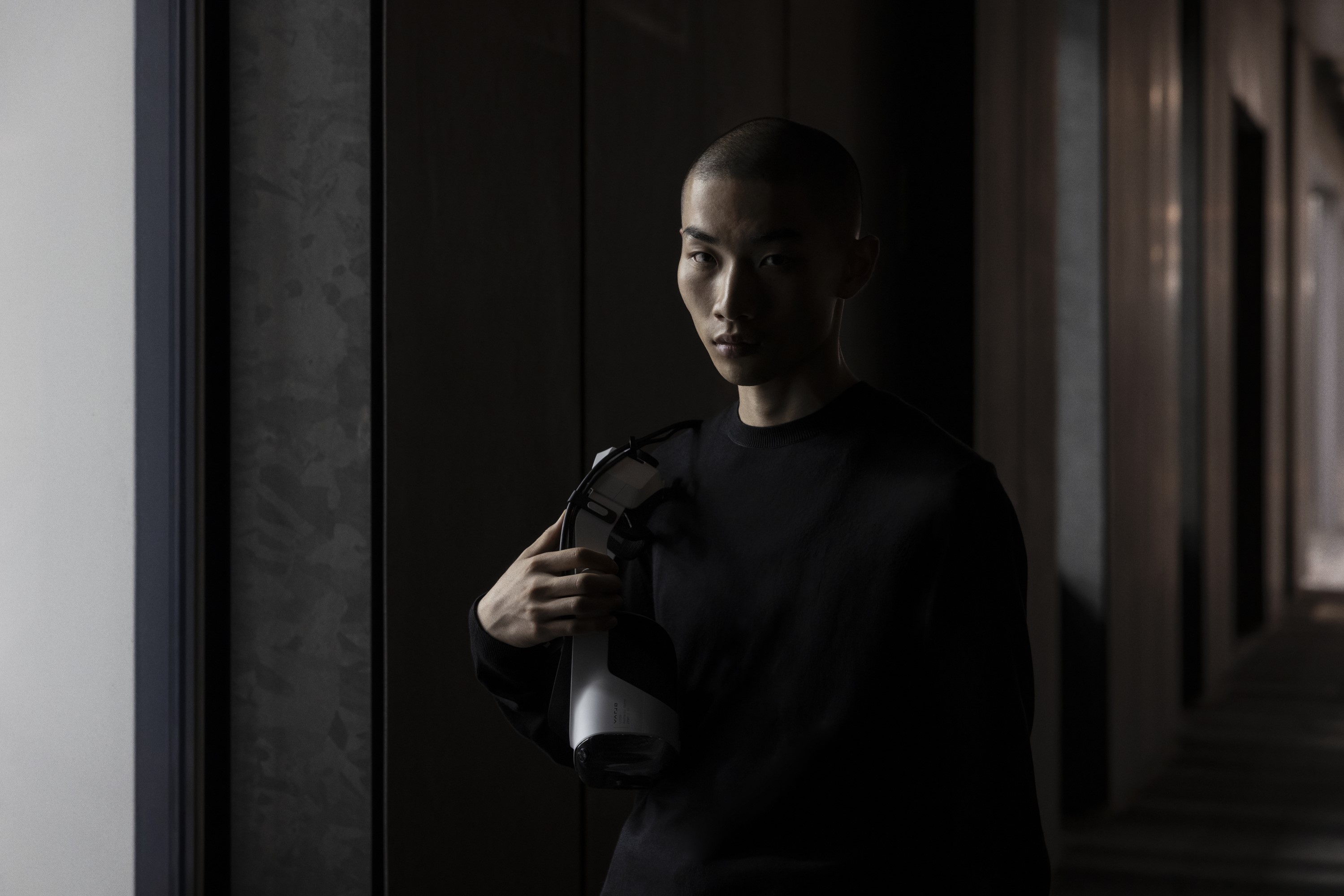
Varjo’s mixed and virtual reality solutions open up exciting new use cases for sales, marketing, and retail. Read and discover how forward-thinking businesses achieve better results with VR and XR solutions.

VR for marketing & sales
Innovative Sales Configurators
Inventory is one of the biggest costs for any retailer store. This is even more true for companies selling high-priced, large products such as cars. Most of the time, it is simply impossible to carry every available product and product variant at any given store. As seeing is believing, this makes it harder for customers to find the best alternative and for salespeople to upsell more expensive variants.
Interactive sales configurators can go a long way in solving this problem. Using lifesize, lifelike digital twins of products allows you to realistically show all possible product variants and customization options to a prospective customer, giving them a realistic sense of product proportions. This unlocks much better upsell opportunities, helps customers find exactly what they want and thus improves satisfaction, while simultaneously reducing the need for physical inventory.
3D space design
Designing sales spaces is a complex endeavor. Traditional 2D presentations fall short when it comes to conveying store concepts accurately e.g. due to the inability to visualize spatial dimensions, while building physical store prototypes is slow and expensive.
Shifting space design more extensively into digital models in virtual or mixed reality solves these issues and reduces costs by enabling a quick and efficient iterative process. Digital prototypes enable designers to provide an immediate grasp of the designs and make requested changes in real time.
In addition, eye tracking can be used to objectively measure where a potential shoppers gaze falls, proving what kind of layouts and promotions are the most attention-grabbing.
Fine-tune your products
Product and package design are incredibly crucial activities for brands across product categories such as consumer packaged goods (CPG), electronics, and fashion. Although product design is done digitally, it is still mostly constrained to 2D screens and depends on producing multiple variants of physical prototypes at different stages of the process. This limits remote collaboration and slows down iterations.
For example, many fashion brands already have 3D digital twins of their products, but they are not utilizing this data in a 3D environment where they could be displayed in real-life scale and detail.
Using mixed and virtual reality headsets, these 3D models can effectively be used for many applications such as remote designer collaboration, reducing the need for physical mockups, and testing how eye catching a product or packaging is through eye-tracking.




Kia set precedent for an entirely new approach to car launches by introducing its new car model to local stakeholders through a mixed reality showcase, offering them a unique glimpse of the vehicle not yet physically available in the country.
-min.png?width=2560&height=1400&name=2560x1400%20(1)-min.png)
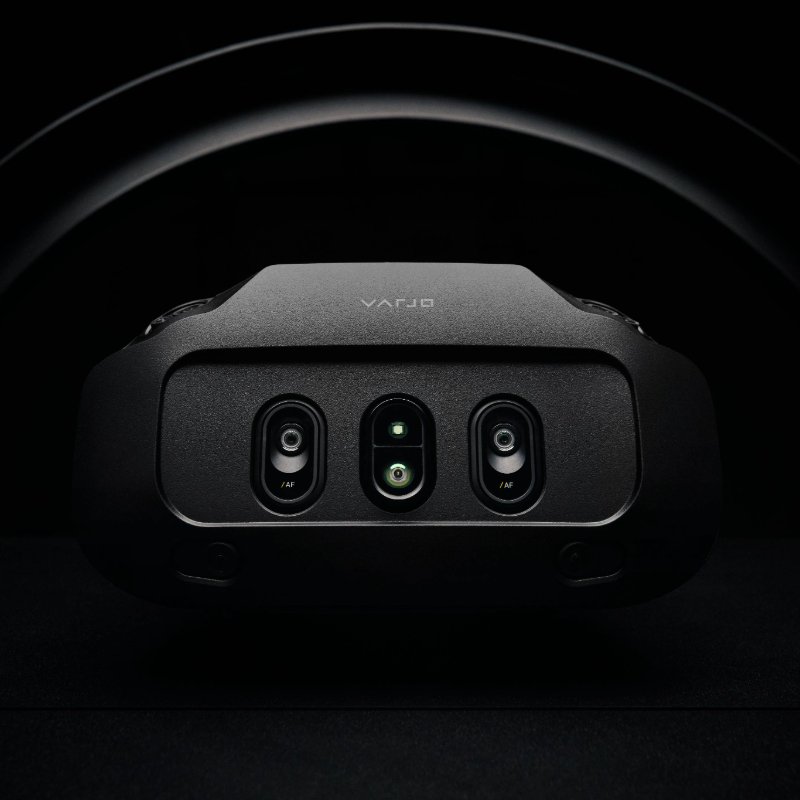
Meet the Varjo XR-4 Series
Made for the most demanding use cases, Varjo offers the world’s highest resolution XR/VR in a system that’s made to integrate into your existing workflows.

Using Varjo HMDs and a groundbreaking software workflow, the design team at Framery skyrocketed efficiency with XR digital twin protoyping.
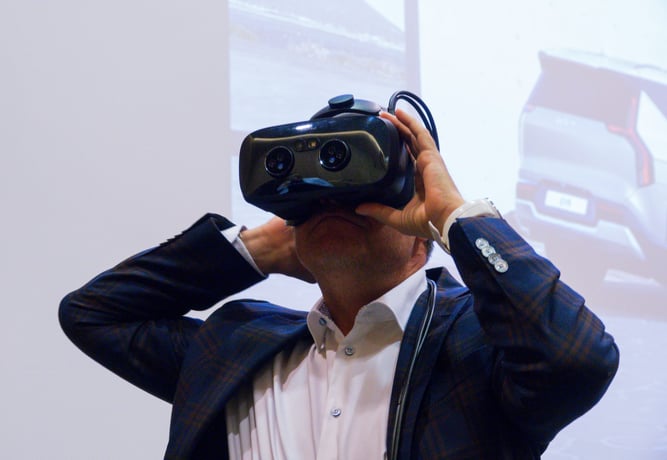
Kia made waves by launching its new model, Kia EV9, to Finnish press, stakeholders, and dealer network with a pioneering mixed reality car launch showcase.
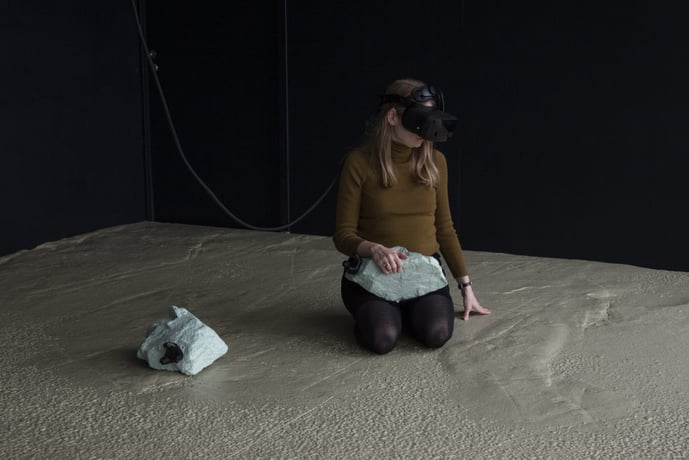
Design / May 30, 2023
This blog takes you behind the scenes of "Two Rocks Do Not Make a Duck", a transformative VR art masterpiece at the Munch Museum in Oslo.
Ready to redefine reality?